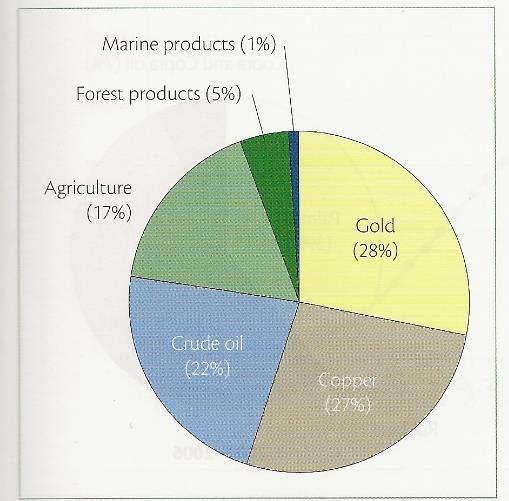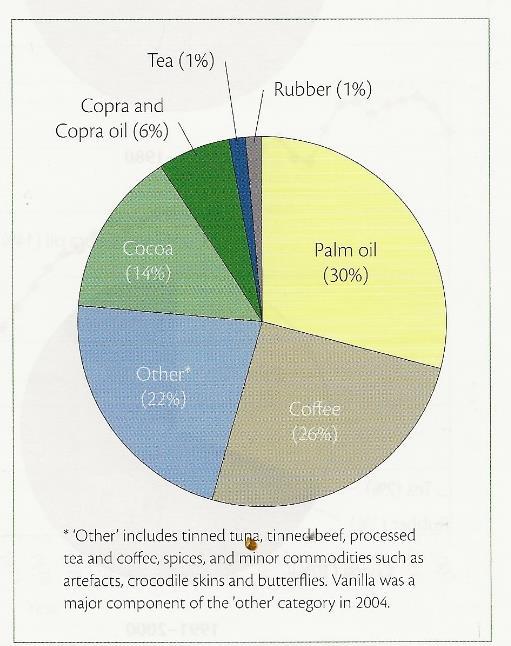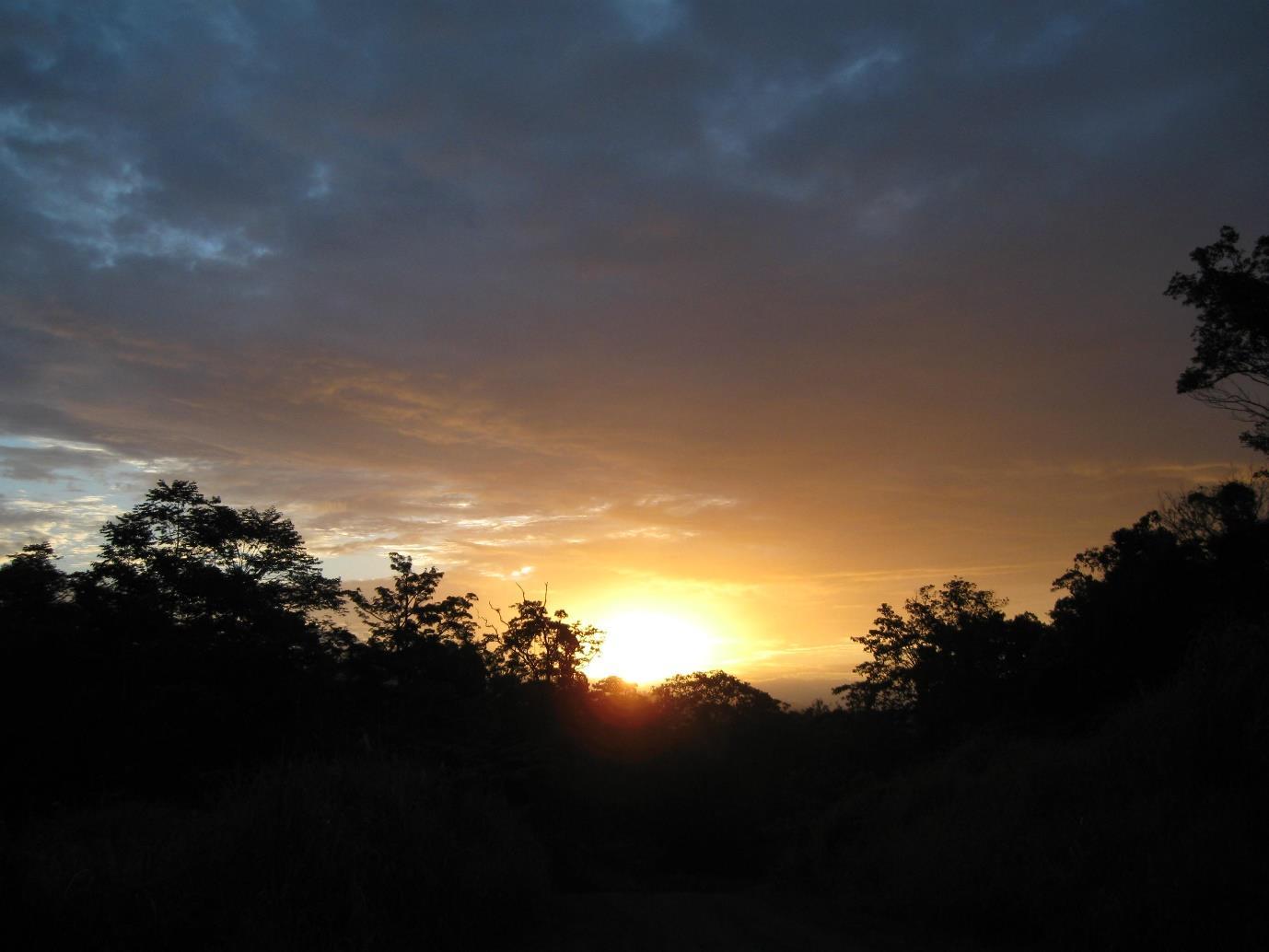
3 minute read
Where to?
Where to?
PNG has a dual economy. The economy generally can be separated into subsistence and market sectors, although the distinction is blurred by small holder cash cropping of coffee, cocoa, and copra. About 80% of the country's population relies primarily on the subsistence economy.
Advertisement
The export economy of Papua New Guinea is dominated by foreign investors in the agricultural, forestry, and fishing sector and the minerals and energy extraction sector. The agricultural, forestry, and fishing sector accounts for much of the labour force of PNG while the minerals and energy extraction sector is responsible for most of the export earnings.
PNG’s export economy is dominated by minerals (gold and copper) and oil accounting for 77 % of total exports in 2006. However, the contribution of agricultural exports is significant at around 17% with the remainder from forestry (5%) and marine resources (1%).
20Annual Mean Value of Major Exports 2004-2006.
Source. Bank of PNG.

Agriculture currently accounts for 25% of GDP and supports more than 80% of the population. Most agriculture is subsistence, while cash crops are exported. The main crops by value are coffee, palm oil, cocoa, copra, tea, rubber, and sugar. Fish exports are confined primarily to shrimp, although fishing boats of other nations catch tuna in Papua New Guinea waters under licence.
21Annual Mean Value of Main Agricultural Exports 2004-2006.
Source. Bank of PNG.
Australia is the largest trading partner followed by Japan then the United States; Singapore; China; Great Britain; and New Zealand.
20 P293 Bourke R M & Harwood T (eds) 2009 M Food and Agriculture in PNG. ISBN 978192536601. 21P293 Bourke R M & Harwood T (eds) 2009 M Food and Agriculture in PNG. ISBN 978192536601. 39
Manufacturing is limited, and the formal labour sector consequently is limited.
In general, the Papua New Guinea economy is highly dependent on imports for manufactured goods. Its industrial sector—exclusive of mining—accounts for only 9% of GDP and contributes little to exports. Small-scale industries produce beer, soap, concrete products, clothing, paper products, matches, ice cream, canned meat, fruit juices, furniture, plywood, and paint.
The small domestic market, relatively high wages, and high transport costs are constraints to industrial development.
For many purposes in PNG, it is essential that the rainforest environment should remain undisturbed by Man but for many purposes limited disturbance e.g., selective logging, can be countenanced.
The aim of forest management in any area should always be to balance the various purposes against each other to achieve the greatest good for the greatest number in the long term.
This is the principle of multiple use management of forests.
Whilst in various areas, one or other of these uses will predominate, and exclude some of the others, in most cases it is possible to achieve a balanced management regime which serves most purposes.


22Distribution of logging concessions 1998. Source PNGRIS.
22 P 343 Bourke R M & Harwood T (eds) 2009 M Food and Agriculture in PNG. ISBN 978192536601. 40
The challenge is still to ensure the retention of sufficient forested land area to provide for the future PNG population needs of major and minor forest products together with the indirect benefits forested lands provide.
PNG is very much the land of the unexpected because it is a land of immense agricultural and forestry potential to a land of still untapped mineral wealth within an envelope of rugged terrain and unique cultural and linguistic diversity.
Sunrise Central Province PNG.
Photo credit Dick McCarthy.

41

